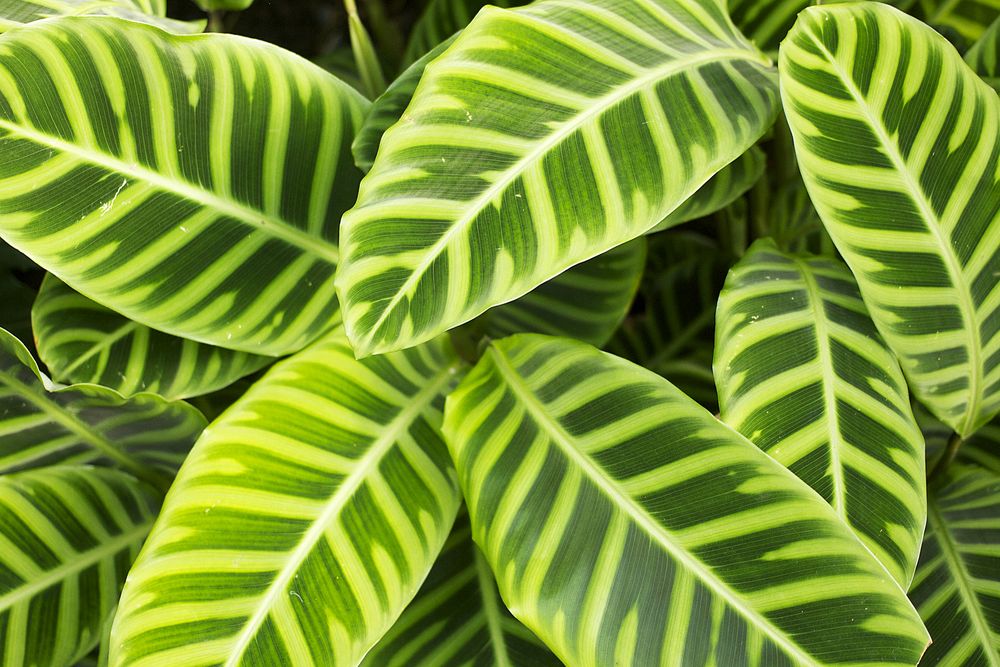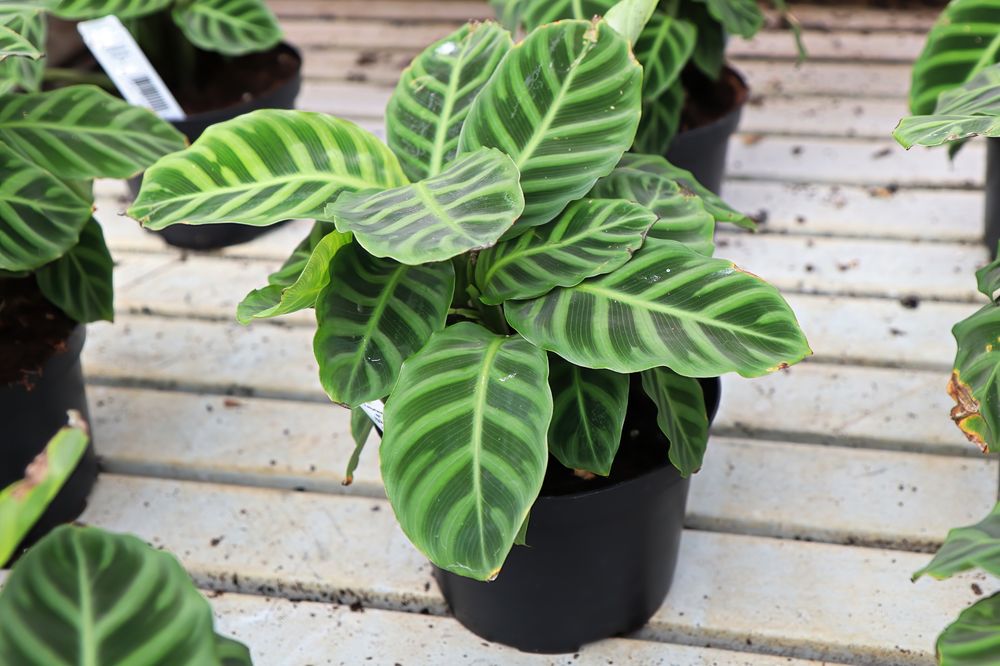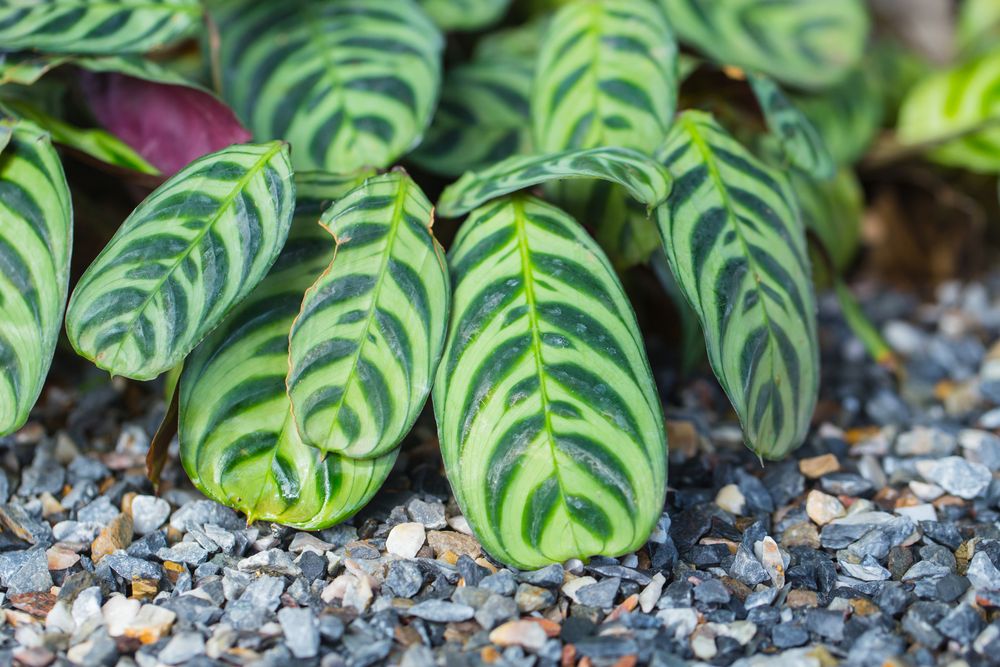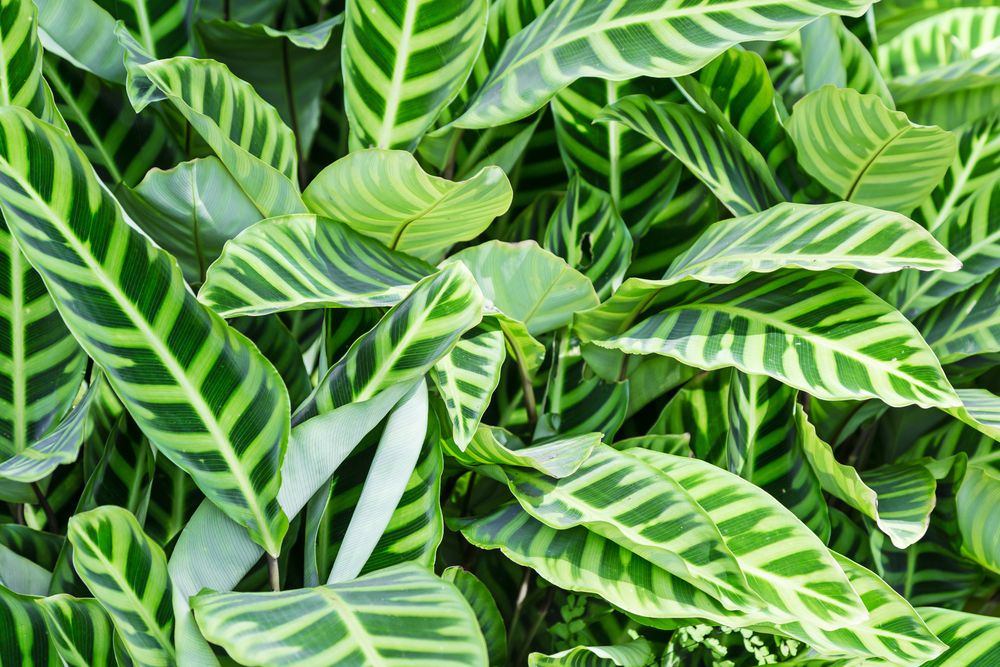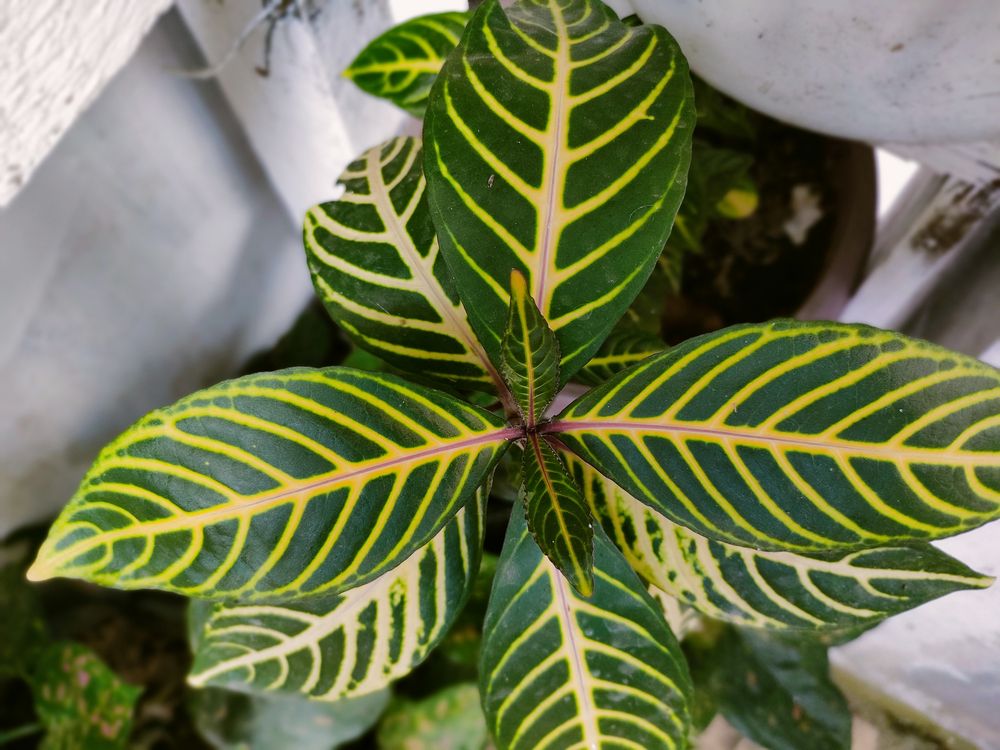Calathea Zebra Care – How To Grow And Care For Calathea Zebra Plants
Calathea zebra checks all the boxes regarding what a houseplant should be like, how it behaves, and how much care it needs. For a tropical plant, this calathea is easy to manage. And it looks dashing with its striped thick leaves and compact foliage as well.
If you have experience with calatheas in particular and tropical houseplants in general, then you won’t have much trouble with this zebra. Admittedly, it can be a little finicky and demanding when it comes to soil and light conditions. But overall, it’s a lot easier to grow than many houseplants of its caliber.
If this is your first encounter with any of the calathea family, this article will help you get acquainted with the zebra variety. We focus on planting, growing, and caring for this tropical plant and how to avoid common problems including pests and diseases that afflict it.
All About Calathea Zebra
A native of Brazil, calathea zebra needs growing conditions that are close to its original habitat in the Amazon Rainforest. That means it needs a warm temperature, high humidity, and moist soil. It’s usually suitable for zones 11 and 12 where you can grow it as a garden plant.
As a herbaceous perennial, the zebra has green foliage that doesn’t change color all year round. And these are not just any regular dark green leaves that the Amazon Rainforest churns out regularly. The leaves of the zebra are fleshy and green with whitish stripes. The stripes give it the common name, the Zebra plant.
The mature plant varies in size depending on the variety you grow. But on average it could grow anything between 6 inches to three feet tall. As for its spread, the small varieties will have the same width as their height. The tall plants would have about 2 feet in width.
The leaves can grow to about 12 inches alone. But if you take care of the plant and keep it healthy, it might surprise you with small flowers that bloom in either white, purple, or yellow. Although the flowers are pretty in their own right, it’s the leaves that are there for the long haul. You can also tell if the plant is healthy or not by examining the leaves since they reflect any stress the zebra plant is going through.
Calathea Zebra Varieties
The calathea is a large family with many varieties, one of those is the calathea zebra plant. But when you decide to buy a zebra plant, you’re faced with the many options and varieties that this plant comes in. Even though all the varieties have striped leaves, they vary in the size of the plant, the length and breadth of the leaves, and the colors these leaves have. The following zebra plant varieties are all good candidates for your household or even your garden if you have the right microclimate.
- Calathea Orbifolia: The leaves of this evergreen variety can grow up to 12 inches long and about half of that in width. The mature plant would easily top 2.5 feet tall and about 2 feet in diameter. It requires space and bright light to grow and thrive. The leaves are light green with silver stripes and they shimmer in the light. Constant high humidity is a must to avoid the leaves curling under.
- Calathea Warscewiczii: Named after a Polish botanist, this variety goes by the name Calathea Jungle Velvet. The leaves are long and slim with dark green background and light green short stripes. The underside of the leaves is reddish and in the evening the leaves fold upon themselves. The mature plant reaches about 3 feet high and has white flowers that bloom in the late winter or early spring. Bloom time is about 3 weeks.
- Calathea Makoyana: This variety steers away from green colors and shades altogether in favor of pinkish hues. It’s no wonder it’s sometimes known as the Peacock Plant. It flaunts its colorful leaves all over the place and grabs your attention without fail. Even the stems are dark red.
- Calathea Crocata: With green leaves and pale stripes, this variety doesn’t seem to have much to offer. Until the flowers emerge and then you have every reason to celebrate its beauty. The golden flowers are large and grow atop long stalks. They stay in bloom for up to 3 months.
How to Grow Calathea Zebra
As a tropical plant, calathea zebra is more suited to zones 11 and 12 where the high temperature is only matched by humidity levels. But you can grow it indoors as a houseplant and provide the right growing conditions in any zone you happen to live in. Here we’ll cover both types, garden growing as well as growing it as a potted plant.
Houseplant
The main challenge to keeping the zebra plant happy as a houseplant is providing adequate light and enough humidity.
- Choose a medium-sized pot that can accommodate the rootball of the plant and provide ample space.
- Fill the pot with a mix of peat, perlite, and general-purpose potting mix at a ratio of 2:2:1.
- Ease the zebra plant out of the pot or package it came in and ruffle the roots. Trim off any damaged or rotten roots.
- Dig a hole in the middle of the pot as deep as the root ball of the plant and about one and a half times as wide.
- Place the plant in the hole and spread the roots to fill up the bottom of the hole. Backfill with the same potting mix and firm it.
- Water the pot immediately to get the soil moist.
- Place the pot on a window sill facing the east or north that doesn’t get direct sunlight.
Garden
To plant the zebra plant in the garden in zones 11 and 12, you’ll need to amend the soil and choose a spot that gets partial or full shade.
- Add perlite and peat to the soil to improve drainage and make it more fertile.
- Till the top 10 inches of the soil and let it rest after you amend it.
- Dig a hole that matches the length of the root ball and ease the plant in it.
- Ease the plant into the hole, backfill with mixed soil and firm it.
- Water the plant to get the soil moist.
- Cover the top of the soil with a thick layer of mulch to keep the soil moist. You can use dried leaves, sugar cane, or shredded bark.
Calathea Zebra Care
Although calathea zebra has a reputation as a difficult plant, that reputation is totally undeserved. As long as you adhere to the general rules of growing tropical plants and avoid direct exposure to sunlight, the plant will not give you any trouble.
Soil
Whether you grow it in the garden or as a potted plant, regular garden soil will not help the plant grow. Even loamy soil is not recommended with the zebra plant. In most cases, you’ll need to prepare your own potting mix. It needs peat, perlite, and regular soil at a ratio of 2:2:1.
For garden planting, dig up the top 10 inches and mix in the peat and perlite at the same ratio then let it rest for a few days before planting the zebra plant. If you add the right portion of peat moss, you’ll get the right pH level which is as close to slightly acidic as possible. If your calathea zebra doesn’t flower, check the soil pH and amend it.
Light
A general rule about tropical plants is that they thrive in dappled or filtered light. Since they grow on the forest floor, little sunlight reaches them regardless of the season. And that’s the kind of light conditions you need to provide the plant. As a houseplant, avoid placing it on a window sill that gets direct sunlight. At the same time, it should get a lot of bright light.
Grow lamps can be ideal substitutions for filtered sunlight. If you grow it in the garden, the zebra plant needs to be protected from sunlight. The shade of the tree or a shrub can mimic the original light the plant gets in the forest. Sun exposure can lead to leaf damage and lack of flowering. Dim light or total darkness can stunt the growth of the plant as well.
Temperature
That’s another growing condition that you could get wrong. But for a tropical plant, calathea zebra prefers warm temperatures all year round. That’s one of the reasons why you should only grow it outdoors in zones 11 and 12. In the garden, you have little control over the weather or temperature. But indoors, you can place a heat mat under the pot and keep the temperature between 65 and 75 degrees F. Avoid exposing the plant to strong drafts of either high or low temperature. If you notice the leaves are wilting or turning yellow, there might be a draft in the room.
Water
Watering the calathea zebra is rather straightforward. Keep the soil moist regularly and don’t allow more than the top one inch of the soil to dry out. Again this is something easily managed when the plant is growing in a pot. On average you should give the evergreen zebra plant one inch of water per week during the spring and summer growing seasons.
In the garden, you will need to factor in the rainfall and count it as part of the weekly water quota. By the end of the fall, the zebra plant goes into dormancy. Its water requirements drop by half and you can allow the top 2 inches to dry out before watering it lightly. Avoid over watering the soil since that could lead to root rot.
Fertilizer
Rich soil is a prerequisite for the calathea zebra. In the Amazon Rainforest, the soil is perpetually fertile with fresh leaves and organic matter added to the top soil every year. But since these are organic materials, you’ll need to use either compost or diluted liquid fertilizers to feed the plant.
Compost is not house-friendly because of the odors unless you use rabbit manure compost tea. I recommend using liquid fertilizers at quarter strength. Apply the fertilizer in the spring and summer about once every 3 weeks. Water immediately after each application to dilute the liquid even further and avoid shocking the roots.
Pests and Diseases
Most of the diseases and growing problems your calathea zebra faces have to do with inadequate growing conditions. From over watering to under watering and poor light or excessive sunlight exposure.
Too much water leads to root and crown rot. The part of the crown under the soil level becomes soft and mushy and by the time you notice it, most of the leaves would have dropped. So water repeatedly but lightly. Don’t let water flow out of the drainage holes of the pot because that means you’re giving the zebra plant too much water.
As for pests, aphids, spider mites, scale, and mealybugs are the usual suspects. You can deal with them as with any other houseplant. Neem oil spray is a good solution but you can also use insecticidal soap and horticultural oil.
